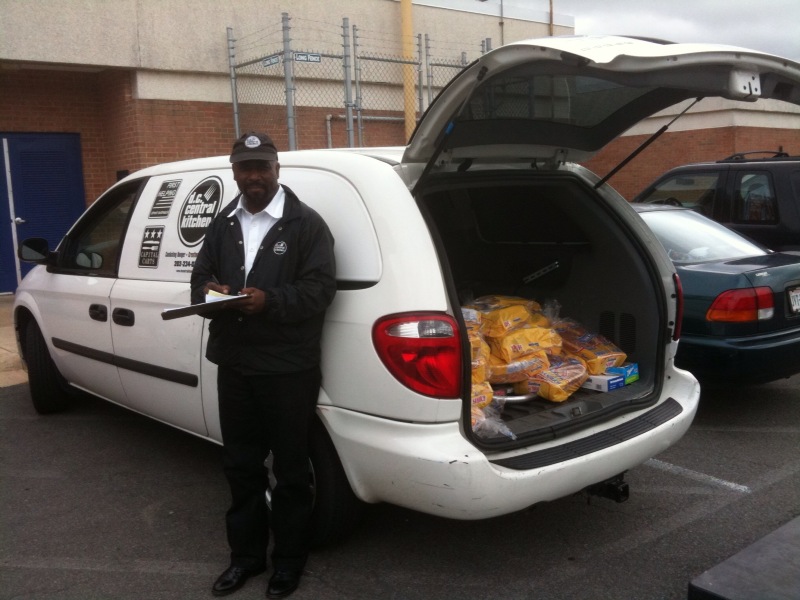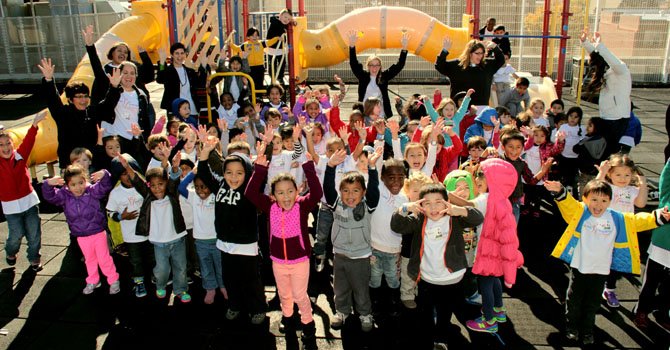01 The Client
A nonprofit operating a warehouse with donations from manufacturers and retailers needed Herren’s help to support $1 billion in product donations annually. (Learn more about our community partner’s mission here: https://good360.org/)
02 The Challenge
The client had a strategic goal of reaching $1B in annual production donations, but they were unsure if their warehouse could process enough product, so they asked Team Herren to evaluate and develop improvements for their main (Omaha) warehouse and corporate office.
03 The Solution
Team Herren spent two weeks onsite conducting a thorough analysis of current warehouse operations, developed metrics tools to expedite the marketing and sales of donations, and addressed debranding, aged merchandise, administrative fees, and website advertising revenue issues. Using traditional industrial engineering techniques and methodologies, Team Herren began developing new warehouse layouts and product flows. Additionally, Team Herren created new SOPs to prevent bottleneck processes. In the second week, Herren analyzed the data collection practices for the Omaha warehouse, the future ERP implementation strategy, and the corporate operations. Herren delivered a data collection plan that included key metrics and visuals to help capture and understand process trends. This was the basis for the future ERP implementation strategy. Finally, at a high level, Herren reviewed corporate strategies in order to provide several recommendations
04 The Result
Team Herren developed seven actionable recommendations in order to maximize operations at the warehouse, with the potential to reach $1B in new product donations in the future.
01 The Client
The client’s mission is to use food as a tool to strengthen the community, offering job training, healthy food distribution, and local farm partnerships to provide path-breaking solutions to poverty, hunger, and poor health. (Learn more about our community partner’s mission here: https://dccentralkitchen.org/)
02 The Challenge
The client purchases raw food ingredients to create meals at DC public schools and community aid programs. These items are delivered to the Nutrition Lab daily and stored in pantries, freezers, and coolers. The procurement manager was currently keeping track of inventory by performing a monthly visual inspection. The client experienced over-ordering and waste caused by the difficulty in tracking these products, their inventory levels, and expiration dates.
03 The Solution
Team Herren mapped the baseline procurement process to define the scope of the proposed inventory control system and conducted interviews to determine the stakeholder requirements. Next, the team researched inventory control best practices and created a plan for implementing these practices at the client’s facility. Their research resulted in the decision to create an Access database for the client to manage and track inventory metrics.
04 The Result
Herren’s inventory control tool allows the client to create orders, track order receipts, and identify expiring items. The team also created a complementary guidebook to ensure successful implementation of the inventory control database. Finally, the team standardized the procurement process across several of the client’s programs and defined roles and responsibilities for the procurement, receiving, and production teams. The automated tool reduces waste through overspending, reduces the administrative time of purchasing the food, and ensures that the optimal amount of food is being stored and delivered from the facilities.
-DCCK Logistics Project-
01 The Client
The client’s mission is to use food as a tool to strengthen the community, offering job training, healthy food distribution, and local farm partnerships to provide path-breaking solutions to poverty, hunger, and poor health.
02 The Challenge
The client’s logistics department includes their logistics manager and 12 drivers who perform donation pick-ups and drop-offs throughout the DC area on a daily basis. They receive their schedule from the procurement manager who coordinates with the agencies providing or receiving goods. Most of these stops are provided based on a routine schedule; however, the transportation team does receive unexpected pick-up requests throughout the day. Often these pick-ups are non-value-added as the value does not exceed the cost of performing the pickup. This contributes to overtime pay for drivers who are kept on duty longer each day.
03 The Solution
Team Herren conducted several stakeholder interviews with the logistics team to identify and map the daily process for receiving orders, assigning them to the drivers, and performing the stops. Next, the team collected delivery and pick-up routes and delivery tickets to assess the distance traveled against the value of goods received. Finally, the team performed root cause analysis to identify the source for non-value-added pickups. The team found that there were no criteria for preventing low quantity and poor quality goods from being picked up, and no cost/benefit analysis for identifying the value of a pickup.
04 The Result
Herren worked with the client to establish stringent criteria for pickups, and provided them a cost/benefit calculator to ensure each pickup provided value. Team Herren documented the new process which includes the use of these products for receiving and accepting pick-ups. The criteria are communicated on the website for interested donors, and the process is used by the procurement manager to ensure pick-ups are value added. The new supply routes Team Herren created will reduce delivery time, missed shipments, and drive down costs by reducing the number of hours drivers are needed. The projected impact of the team’s work is over $10K a year in cost savings.
The Client
A nationally recognized, award-winning educational organization providing affordable, quality education; professional development to educators; and family support services in a bilingual and multicultural environment to more than 2,400 low-income children and families. Herren is proud to announce a 5 year partnership with CentroNia, where we will jointly embark in achieving the organization’s strategic priorities to expand and deepen their service to families in the DC-region. (Learn more about our community partner’s mission here: https://centronia.org/)
The Challenge
The client’s executive board would like to periodically review the financial health of each of the programs in order to make effective business decisions. There are also inefficiencies associated with the admissions / attendance process including reporting errors that have resulted in over $150,000 in lost funds during the past fiscal year.
The Solution
Team Herren has taken a strategic approach to address both initiatives and started by gaining a better understanding of the client’s mission and core values. The team also worked with the executive board and admissions staff to outline goals and key performance indicators to measure success. These goals were used to propose dashboard ideas and identify the data necessary to provide an accurate snapshot of program financials. The goals also provided insights into the admissions process, which has allowed the team to focus on key problem areas and opportunities for improvement.
The Result
Team Herren built an executive dashboard which will break down revenues and expenses for each of the client’s programs. By having the capability to look into the financials each month, this will allow the executive board to make data-driven decisions to best steer the organization for continued success. Additionally, the team will use the admissions process as a model to demonstrate how to use various process improvement tools and techniques. As the client continues to evolve as an organization, they can use their new process improvement skills to address other challenge areas and drive efficiencies throughout other aspects of the organization.
interviews to determine the stakeholder requirements. Next, the team researched inventory control best practices and created a plan for implementing these practices at the client’s facility. Their research resulted in the decision to create an Access database for the client to manage and track inventory metrics.

